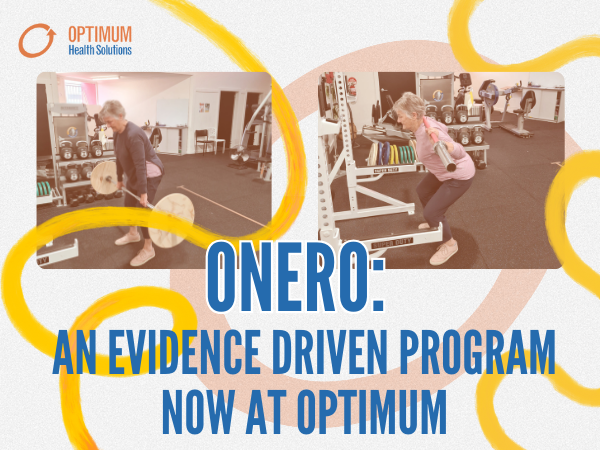Golfer’s Elbow is characterised by pain felt on the inside of the elbow at an area known as the common flexor origin of the wrist musculature.
Golfers’ Elbow can also be known by a number of different names such as Medial Epicondylagia or common flexor origin or medial elbow tendinopathy. Individuals may report an insidious onset aching pain that can be located over the inside of the elbow and can radiate down towards the wrist.
The condition is caused by an inability of the tendon to cope with the load during activities such as gripping, lifting, throwing and activities that involve stabilisation or repetitive forward bending of the wrist.
Is Golfer’s Elbow common?
Golfer’s Elbow is less common than Tennis Elbow. It is more common in women than men. Golfer’s elbow mainly affects adults and most commonly affects those within the 40-60 age group. Three out of four cases of Golfers Elbow occurs in the dominant arm.
Symptoms of Golfer’s Elbow
Common symptoms may include:
- Localised tenderness on the inside of the elbow
- Inner elbow pain on gripping, lifting or bending the wrist forward
- Inner elbow pain on opening jars/twisting movements of the wrist
- Stiffness on bending or straightening the elbow joint, particularly first thing in the morning
- Occasionally mild swelling and heat can be present
Risk Factors
Risk factors for developing Golfers Elbow include training errors, improper technique, equipment, or functional risk factors including lack of strength, endurance or flexibility. Occupation-related risk factors include heavy physical work, excessive repetition, high body mass index, smoking, the presence of comorbidities, and high psychosocial work demands. General risk factors include smoking, obesity and Type 2 Diabetes Mellitus.
How to Treat it
The majority of Golfer’s Elbow cases can be managed successfully non-surgically.
Rehabilitation may include:
- Activity modification: altering volume, frequency or intensity of particular activities.
- Strengthening exercises
- Ice therapy, anti-inflammatories or paracetamol to manage any symptomatic flares
- Manual Therapy
- Taping or offloading bracing
- Ultrasound guided injections by a medical practitioner for recalcitrant cases.
- Dry needling
- Surgery (rare)








